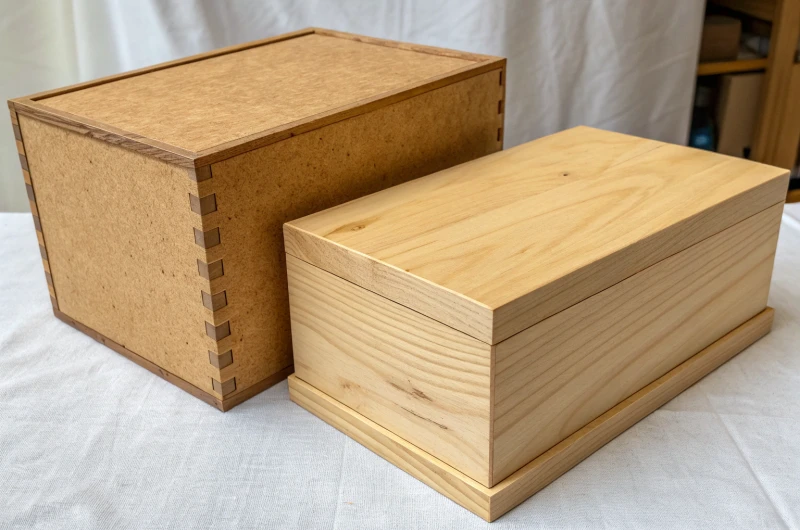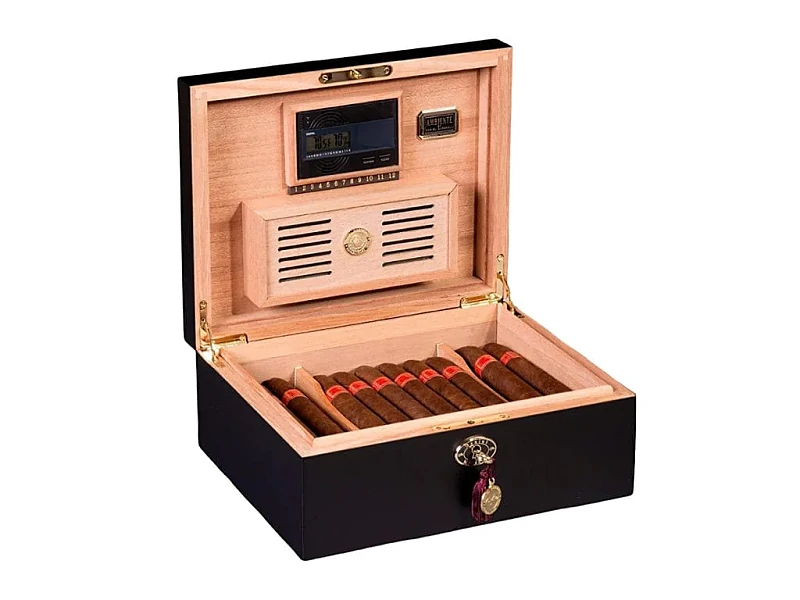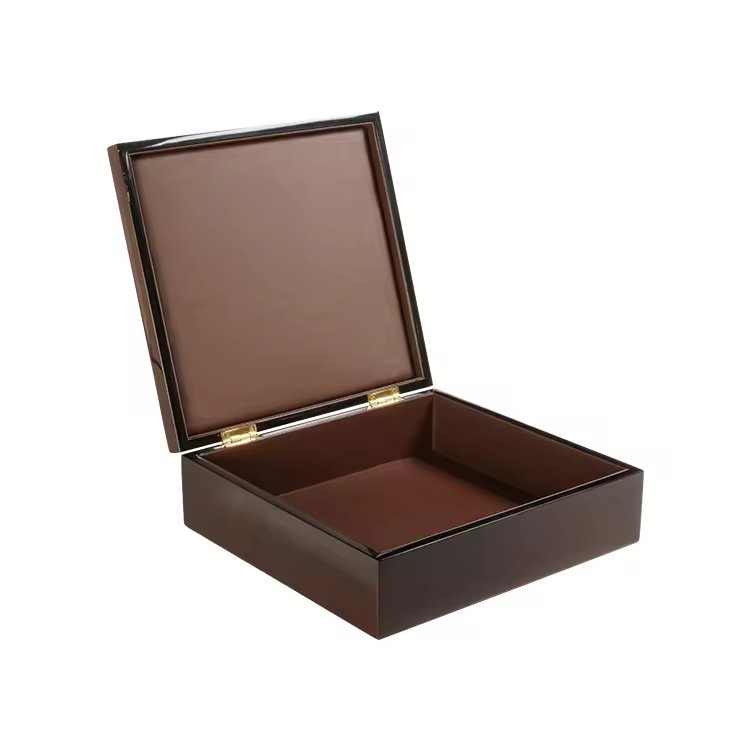
Luxury packaging buyers often face the dilemma of balancing transport safety with display elegance.
A “box-in-box” structure offers dual protection and premium presentation, but it also creates challenges in cost, weight, and humidity management.
With my 15 years of experience in luxury cigar box manufacturing, I will analyze when this solution fits and when it may be excessive.
What unique benefits can a box-in-box design bring to cigar storage and presentation?
Many brands want packaging that works both for logistics and as a gift presentation.
A box-in-box system adds layered luxury, improves unboxing experience, and strengthens protection for premium cigars.
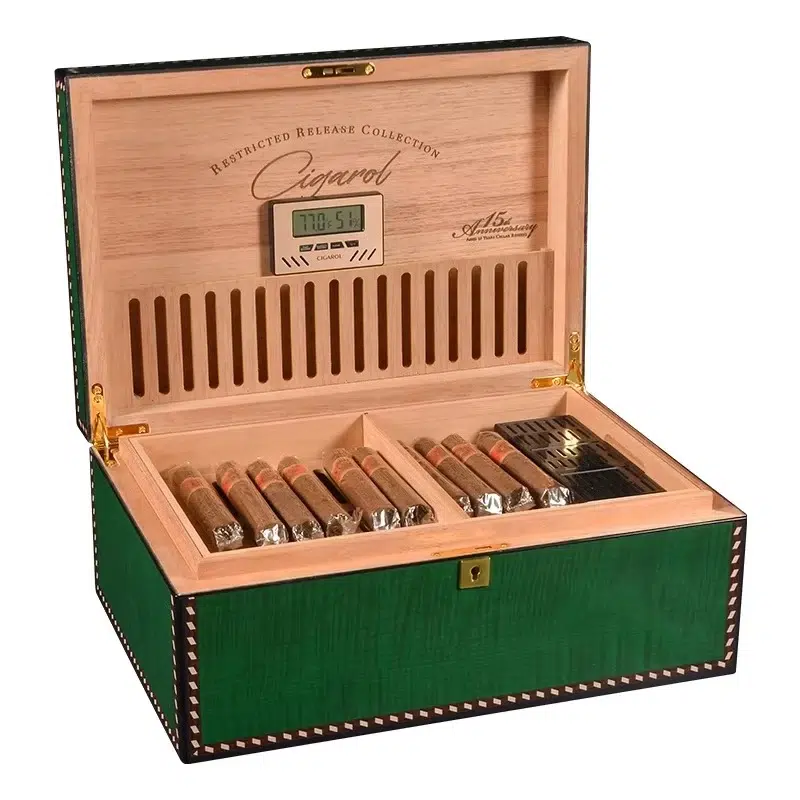
This design is not just two boxes stacked. It is a layered system: an inner functional cigar box inside a larger, decorative or protective outer box.
Benefits for storage and presentation
- Protection: The outer layer acts as a shield during transport and handling.
- Luxury impression: Opening two layers feels premium, like unwrapping a treasure.
- Differentiation: It sets the brand apart in competitive luxury markets.
Storytelling value
I once worked with a client who launched a limited cigar series with box-in-box packaging. The outer case was black piano lacquer, while the inner was natural walnut veneer. Customers described the unboxing as an “experience,” not just packaging.
| Benefit Type | Value for Brands | Value for Customers |
|---|---|---|
| Proteção | Lower return rates | Confidence in product safety |
| Luxury Image | Stronger brand prestige | Memorable unboxing moment |
| Diferenciação | Stand out on shelves | Feel of exclusivity |
For high-end launches or collector editions, this dual-box structure can elevate brand perception.
How does the inner box ensure product safety during transport?
Cigars are fragile, and many brands struggle with product damage during global shipping.
The inner box stabilizes cigars with dividers, trays, and tight-fitting lids, reducing risk of breakage and humidity loss.
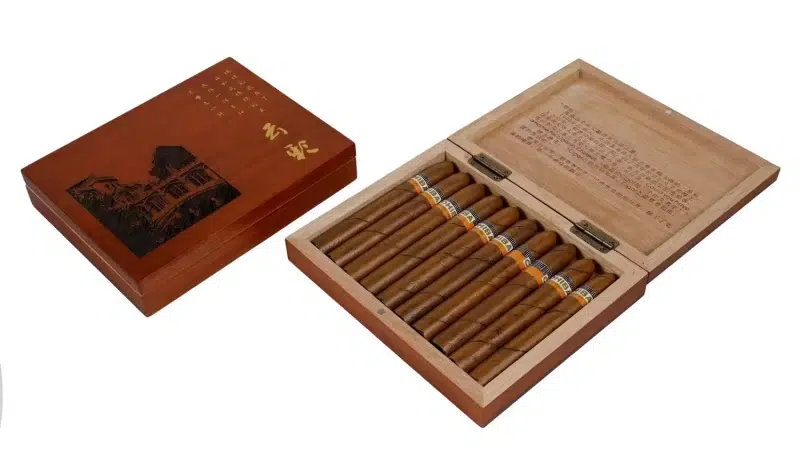
In my factory, I design inner boxes as the “functional guardians.” They usually include Spanish cedar linings, fitted trays, and precise dividers. These elements keep cigars from moving inside. Even if the outer box suffers bumps, the cigars remain stable.
Key safety features
- Forro de cedro regulates humidity naturally.
- Custom dividers prevent cigars from rolling or colliding.
- Tight lid fit ensures a sealed environment.
Transport perspective
When shipping overseas, vibrations and shocks are common. The inner box serves as the cigar’s final line of defense. I have seen shipments survive rough handling because the inner box absorbed the stress while the outer box took the impact.
This double layer improves confidence for buyers who worry about international delivery risks.
Can the outer box enhance brand value as a luxury display piece?
Some brands see the outer box only as protection, but it can also serve as a prestige tool.
The outer box can be designed as a luxury showcase, turning transport packaging into a collector’s display piece.

In my projects, outer boxes often use lacquer, inlays, or metal hardware to stand out. This means the outer shell is not discarded but becomes part of the display.
Luxury positioning
High-end buyers enjoy dramatic presentation. An outer box with bold branding, gold foiling, or engraved plaques increases perceived value. It also makes the set attractive as a gift.
Practical branding
For limited editions, the outer box can include storytelling elements—like certificates, artwork, or hidden compartments—that enhance exclusivity.
This transforms the packaging into an object of desire, not just a logistic container.
What challenges might arise with size, weight, and material costs in this structure?
Dual-box design offers benefits, but it also comes with clear drawbacks.
A box-in-box system increases weight, bulk, and cost, which can reduce practicality in production and logistics.

From a manufacturing perspective, building two high-quality boxes doubles material consumption and labor. The final packaging can weigh two or three times more than a single-box design.
Common challenges
- Size: The larger footprint makes shipping and retail display more difficult.
- Weight: Extra wood and lacquer layers increase transport costs.
- Cost: Both wood and finishing processes double, raising per-unit price.
| Desafio | Impact on Production | Impact on Clients |
|---|---|---|
| Tamanho | Higher space usage | Difficult storage |
| Weight | More shipping cost | Less convenience |
| Material | Expensive per unit | Higher retail price |
This is why I often warn clients that box-in-box designs are best reserved for premium, limited-run products, not for regular lines.
How can humidity control and ventilation be maintained with two layers of packaging?
Cigars require controlled humidity, and extra layers can interfere with ventilation.
The inner box must carry the main humidity system, while the outer box should not seal too tightly to avoid trapped moisture.
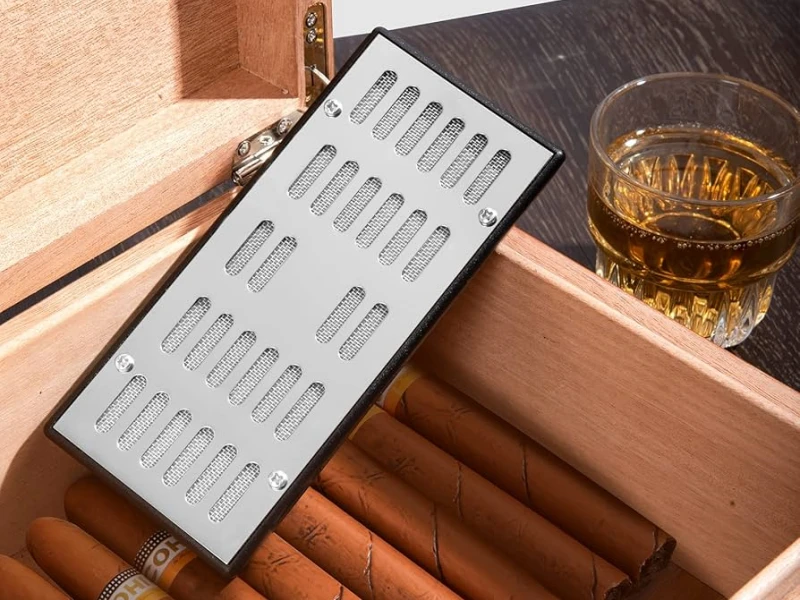
In my production experience, most effective box-in-box designs keep humidification limited to the inner cedar box. This ensures proper airflow and moisture balance around the cigars.
Technical tips
- Use the outer box mainly for presentation, not sealing.
- Include a small ventilation gap in the outer box to prevent over-humidification.
- Rely on Spanish cedar lining inside the inner box to balance moisture.
Real example
One client made the mistake of sealing both inner and outer boxes airtight. This trapped excess humidity, which later damaged the cigars. After redesign, we left micro-ventilation in the outer case, solving the problem.
For this reason, I always emphasize: humidity belongs inside the inner box, not across both layers.
In which scenarios is a box-in-box solution truly practical for cigar brands?
Not every cigar brand benefits from this structure, so the decision must be strategic.
Box-in-box packaging is practical for limited editions, high-value collections, and luxury gifting, but unnecessary for standard production lines.
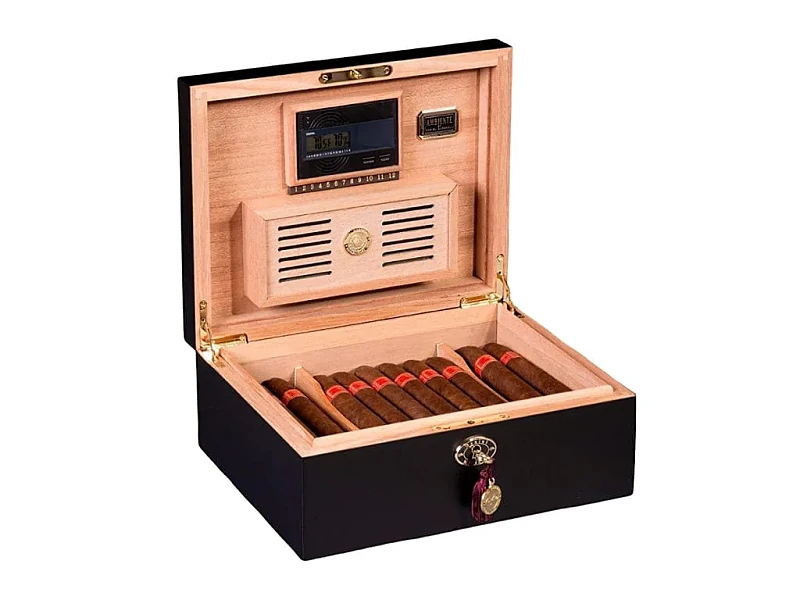
From my experience, brands that launch collector editions or anniversary cigars benefit the most. Buyers see the dual-box system as part of the luxury ritual. Retailers also use it to create attention-grabbing displays.
Ideal scenarios:
- Limited edition releases that target collectors.
- Gift-oriented series for holidays and premium events.
- Luxury collaborations where packaging must match exclusivity.
For everyday cigar lines sold in high volume, the added weight, cost, and complexity usually outweigh the benefits.
Conclusão
A box-in-box design adds prestige and safety, but it suits only premium collections, not daily cigar packaging.
Nome da marca: WoodoBox
Slogan: Caixas de madeira personalizadas, fabricadas na perfeição
Sítio Web: www.woodobox.com
WhatsApp: +86 18359265311

